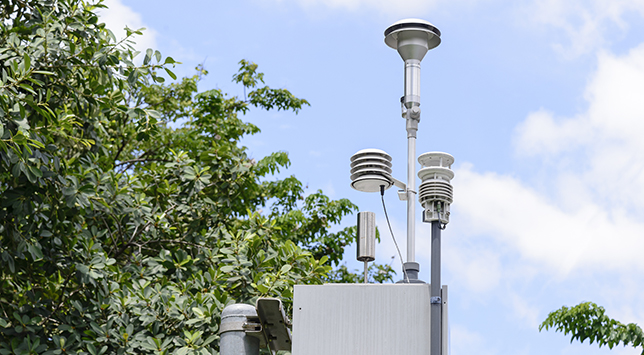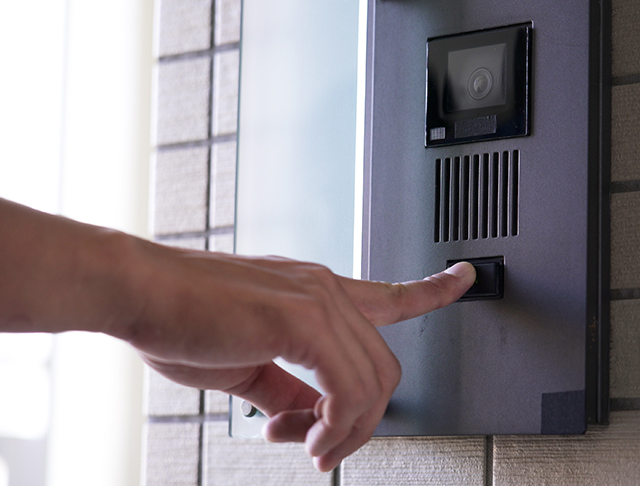What is UMTS?
Universal Mobile Telecommunications Service (UMTS) refers to a group of radio technologies associated with the third generation of cellular networks (3G).
Compared to its predecessors, UMTS made it possible to deploy a wider range of data-intensive IoT applications. Although it has since been eclipsed by more suitable IoT-focused technologies or in some cases 4G, there are still many deployments that rely on it. Here’s a closer look at how UMTS works, how it fits alongside other IoT connectivity options, and the implications of 3G sunsetting.
What is UMTS?
UMTS is the dominant group of technologies behind 3G. Its roll-out dates back to the early 2000s.
It is based on the Code Division Multiple Access (CDMA) network standard. CDMA essentially enables the same wireless signal to be shared by many different devices, so the capacity for CDMA networks is up to five times that of 2G GSM-based services. This significantly reduces the likelihood of service drop-off or issues with connectivity in the event of heavy system traffic.
Like the evolved second-generation (‘2.5G’) network protocol GPRS (General Packet Radio Service), UMTS is a packet-switched system. For IoT deployments, this makes it possible for devices to share bandwidth and send and receive data packets as needed.
UMTS also enables a user’s network costs to be calculated based on the volume of data sent or received. This feature helps to keep costs low on applications such as environmental sensors and industrial monitors, where devices stay on ‘always-on’ mode and transmit small amounts of data intermittently.

What is the difference between UMTS, GSM and LTE?

UMTS vs GSM
GSM (Global System for Mobile Communication) was the most widely deployed technology behind the second generation of wireless networks (2G).
On inception, UMTS had a maximum downlink data rate of 384 kbit/s, around 40 times faster than GSM’s rate of 9.6 kbit/s. Over time, as carriers have integrated High Speed Packet Access (HSPA) technologies with UMTS, its speeds have increased even further. Advanced HSPA+ boosts the UMTS downlink rate to 168mbit/s and its uplink rate to 22mbit/s.
The ability to transfer higher amounts of data combined with packet switching allowed UMTS to support additional features in IoT deployments, such as video transmission: functionality that was out of reach with GSM.
UMTS vs LTE
LTE (Long-Term Evolution) is the dominant 4G network standard.
Standard LTE data rates can be up to 15 times faster than UMTS. A newer version of LTE (LTE-A) provides even higher data rates, making it three times faster than the original LTE. This offers an attractive connectivity option for IoT applications that involve a high level of data throughputs, such as visual diagnostic tools and the streaming of high-definition video.
Device power consumption is around 50% higher with standard LTE (LTE Cat-4, Cat-6 for example) compared to UMTS. It also uses many more frequency bands than either 2G or 3G, which can make global deployment more complicated. So in terms of cost and power consumption, LTE Cat-4 or above represents overkill for a lot of IoT projects.
However, LTE has given rise to a number of low power, wide-area network (LPWAN) technologies designed for less data-hungry IoT applications. Three of the most popular include LTE Cat M (Long-Term Evolution for Machines, NB-IoT (Narrowband IoT), and LTE Cat-1 (which also has a single antenna version called LTE Cat-1 BIS).

How can UMTS be used for IoT applications?

Although it was designed primarily to meet the needs of the smartphone market, UMTS has also proved very popular as a connectivity method for IoT and M2M projects.
It was a particularly attractive option for relatively feature-rich services and applications where data demands were higher. Just a few examples include user voice support in health and social care settings, door entry systems and payment kiosks with multimedia interfaces.
Global connectivity was another major benefit of UMTS — so many carriers used it across the world, it meant that applications such as GPS trackers and vehicle diagnostics could operate seamlessly across borders.
On the flip side, devices on UMTS networks tend to have a higher power consumption rate than both 2G and the newer low-power networks. For industrial, commercial and consumer-based applications with low data transfer demands, LTE-based IoT variants offer a better fit.
Currently, the threat of network sunsetting means that launching a new IoT initiative on either a 2G or 3G network is not advisable. With so many providers making moves to shut down their older network technologies, a new UMTS deployment means you are only likely to face the cost and hassle of switching to a different network later on.
Find out more
For an expert assessment of your connectivity needs and to discover the best fit M2M options for your business, speak to Wireless Logic today.
Discover more about alternatives to UMTS and other key IoT issues here.
For more information about a wide range of IoT connectivity options, explore our glossary.